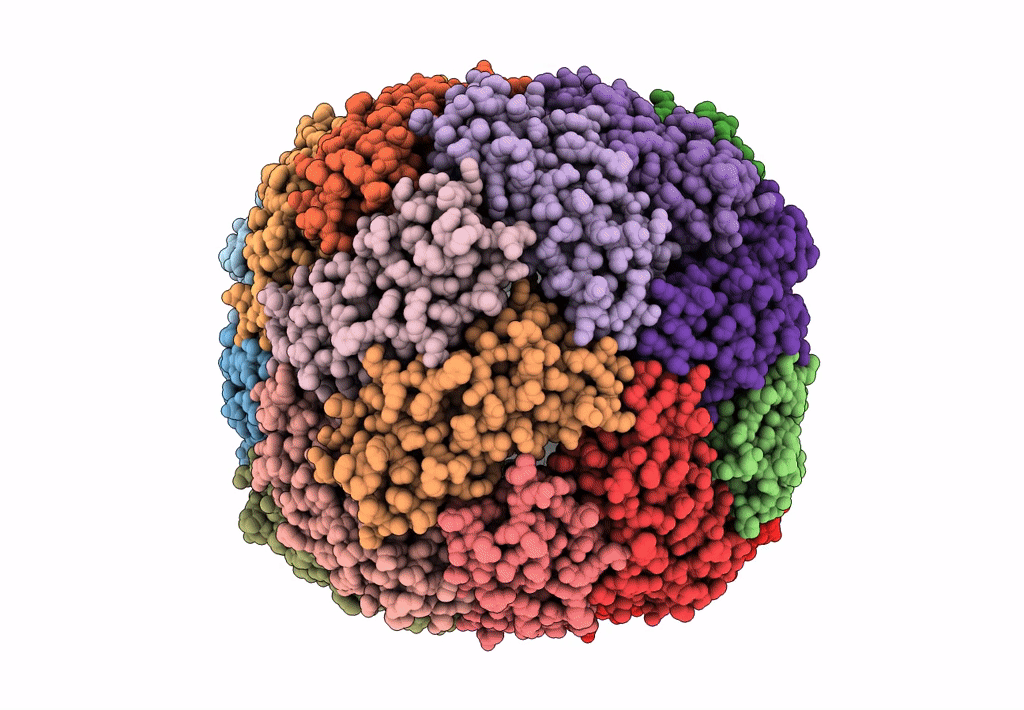
Deposition Date
2023-05-07
Release Date
2023-08-02
Last Version Date
2023-09-13
Entry Detail
PDB ID:
8JAX
Keywords:
Title:
Cryo-EM structure of Holo form of ScBfr with O symmetry
Biological Source:
Source Organism:
Streptomyces coelicolor (Taxon ID: 1902)
Host Organism:
Method Details:
Experimental Method:
Resolution:
3.27 Å
Aggregation State:
PARTICLE
Reconstruction Method:
SINGLE PARTICLE


